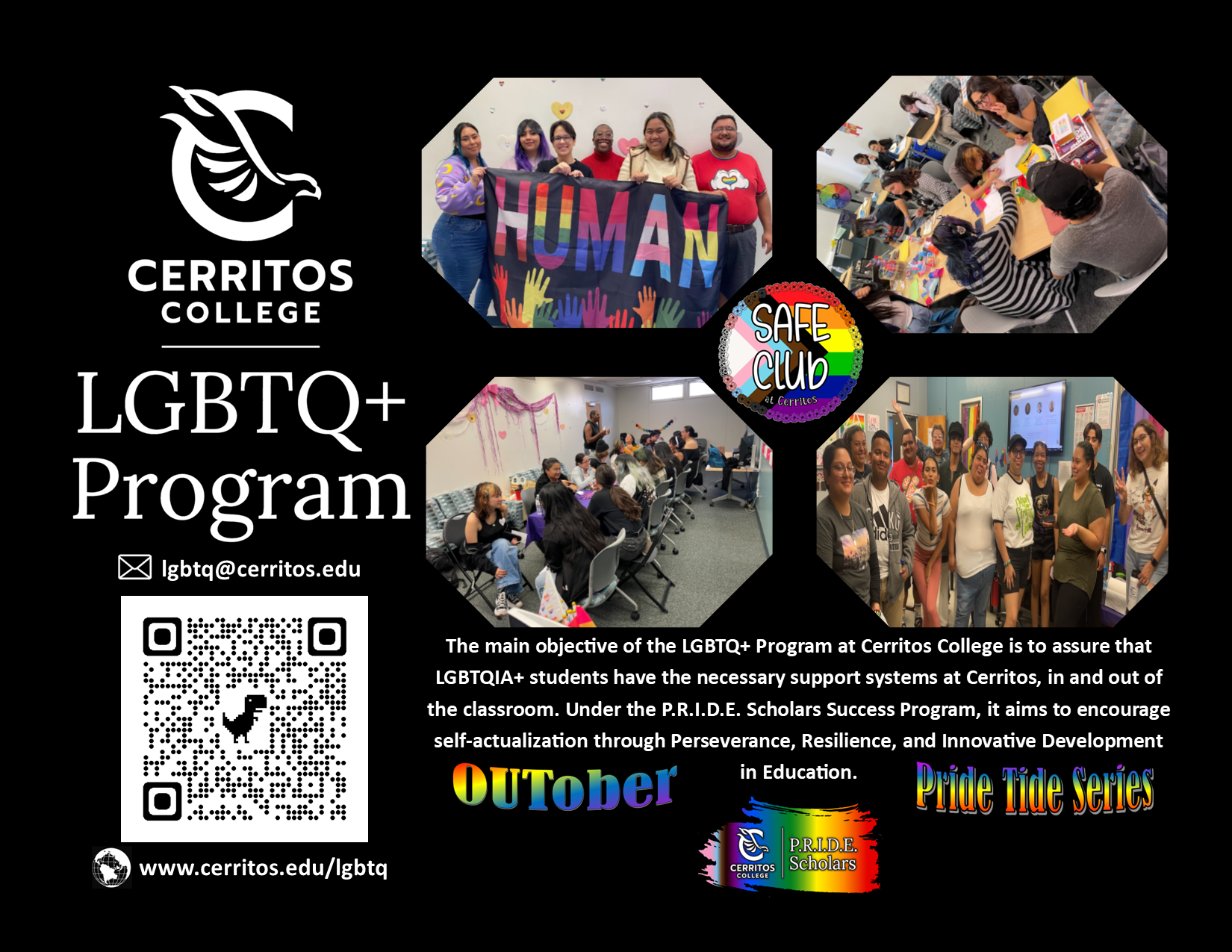Throughout our history, we have looked to the stars and dreamt of what is out in the far reaches of space. We built machines to go up higher, further and faster until we set foot on the moon.
Science fueled countless discoveries for the betterment of humanity, as we built telescopes that could see further than we had ever imagined.
Somewhere along that road, things changed: what was once a breakthrough became a potential resource to harvest. Signs that a planet was capable of sustaining life became signs that we could expand our reach to it and colonize it.
We have ravaged this planet for resources and left it broken from war, and now we seek to do the same to other worlds. Space is no longer the final frontier that humanity must work together to explore, it is simply territory, potential resources and strategic points that the United States must lay claim to first.
We must refocus on educating ourselves and learning about space, as understanding our galaxy is far more valuable than preparing for threats that we have no proof even exist.
This year alone, discoveries that would have shaken the world have gone all but unspoken, as we battle a global pandemic and politics that are as entertaining as a trip to the circus but lack the organization.
In September, astronomers detected Phosphine in the atmosphere of our neighboring planet Venus.
Phosphine requires immense energy to produce, something that Venus does not have. The only other means for a planet such as Venus to produce copious amounts of it is through anaerobic life, or microbial organisms that don’t require or use oxygen.
This discovery went largely undiscussed, as the world focused on the COVID-19 pandemic. Astronomers hoping to find a means to follow up on this discovery lack the funding for any sort of mission, and even NASA has to resort to creating a competition for the best designed rover, as they cannot fund teams themselves.
Instead the United States government is focusing on their new Space Force, pouring their money into further developing their military might.
Countries like China, which president Donald Trump spends a significant amount of time mocking, have far surpassed the United States in their search for answers.
In July, they successfully launched the Tianwen-1 mission to Mars, which only two days ago snapped the first ever deep-space selfie. The Tianwen-1 is expected to reach the red planet in February, and make a controlled landing in May.
Over in the United States, the last dedicated study we had was by a private company, with 2018’s Red Dragon mission by SpaceX.
This country prides itself on being the alleged best, but we are outclassed in every way by others who actually seek education as opposed to military dominance.
However, one project stands out that gives this country a chance to redeem itself: The Artemis Program.
With how 2020 is going, it’s easy to forget, but we are going back to the lunar surface. In less than 5 years, humanity will once again touch down on Luna.
In the words of NASA, “NASA is committed to landing American astronauts, including the first woman and the next man, on the Moon by 2024. Through the agency’s Artemis lunar exploration program, we will use innovative new technologies and systems to explore more of the Moon than ever before. We will collaborate with our commercial and international partners to establish sustainable missions by 2028. And then we will use what we learn on and around the Moon to take the next giant leap – sending astronauts to Mars.”
We may be battling pandemics and politics, but NASA is still asking for the public’s help with ideas and support.
This is one of the greatest projects we will witness in our lifetime, so it falls on us to preserve the mission of exploration and knowledge, before it too becomes twisted into militarization.
Instead of spending money on a Space Force we are unlikely to ever use, we should devote funding to the crews who are going to further us as a species.
New defenses that are solely for show and demonstrations of the military might serve only to incite more conflict.
These things are going under the radar, such as the new Space Launch System, the most powerful rocket ever constructed by humanity, and the Orion Spacecraft, capable of multiple trips to the moon and back.
This is what we should be supporting, not militarization or more military spending. We are a species that learns, adapts, and we have the greatest chance in decades to do so.
Starting with these links is good, but research the Artemis Program yourself, and excitedly await the arrival of the Tianwen-1 to Mars.
We are a part of the generation that will once again set foot on the moon. We cannot be a generation of war, and we must not be a generation that exploits space exploration for corporate profits.
Stargazing has become reconnaissance, so let’s bring back the wonder of finding what’s out there.
We are the Artemis generation, and we’re going back to the moon, and one day, to Mars.



















